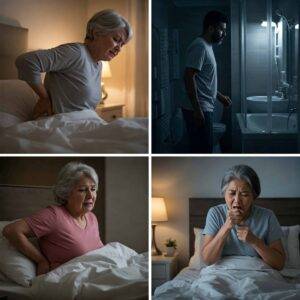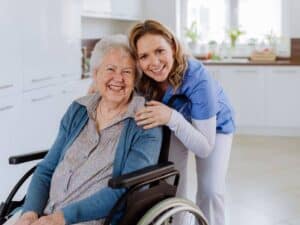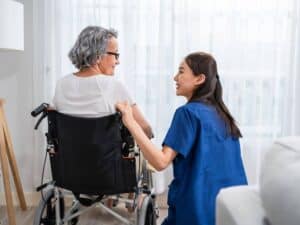Physical therapy (PT) is a healthcare profession focused on diagnosing and treating physical impairments, disabilities, and pain through targeted exercises, manual therapy, and other techniques. Physical therapists (PTs) are trained to assess and design individualized treatment plans to improve mobility, function, and overall quality of life.
How Can Physical Therapy Help
PT is ever more crucial for aging people since our bodies tend to get stiffer and our bones weaker as the years pass by. Additionally, the older we get the more often we have to endure chronic illnesses and various medical interventions. Physical therapy can help seniors by:
Improving Strength and Flexibility
- Strengthening exercises improve muscle mass and function, which is critical for maintaining mobility and performing daily activities.
- Stretching exercises help maintain joint health and prevent stiffness, contributing to better overall movement.

- Regular physical activity through therapy can boost mood, reduce anxiety and depression, and enhance overall emotional well-being and mental health.
- Participating in physical therapy sessions, whether in groups or individually, provides opportunities for social interaction and support which prevents loneliness and depression.
Functional Training
- PTs focus on helping seniors perform activities of daily living (ADLs) such as bathing, dressing, and eating independently, thereby promoting self-sufficiency.
- Improving walking patterns and techniques helps seniors move more efficiently and safely improving their gait.
Specialized Programs
- For those with balance disorders like vertigo or dizziness, vestibular therapy can help reduce symptoms and improve stability.
- PTs provide treatments to reduce swelling and manage lymphedema, often resulting from cancer treatments or some types of medications.
7 Most Common Reasons for Seniors to Seek Physical Therapy
Often older adults need physiotherapy after being diagnosed with a chronic condition or after the progression of such a disease. PT can help them recover faster and age better increasing their quality of life. Here are some of the most common situations where PT can help you regain or maintain stability, balance, and strength to enjoy an independent and fulfilling life.
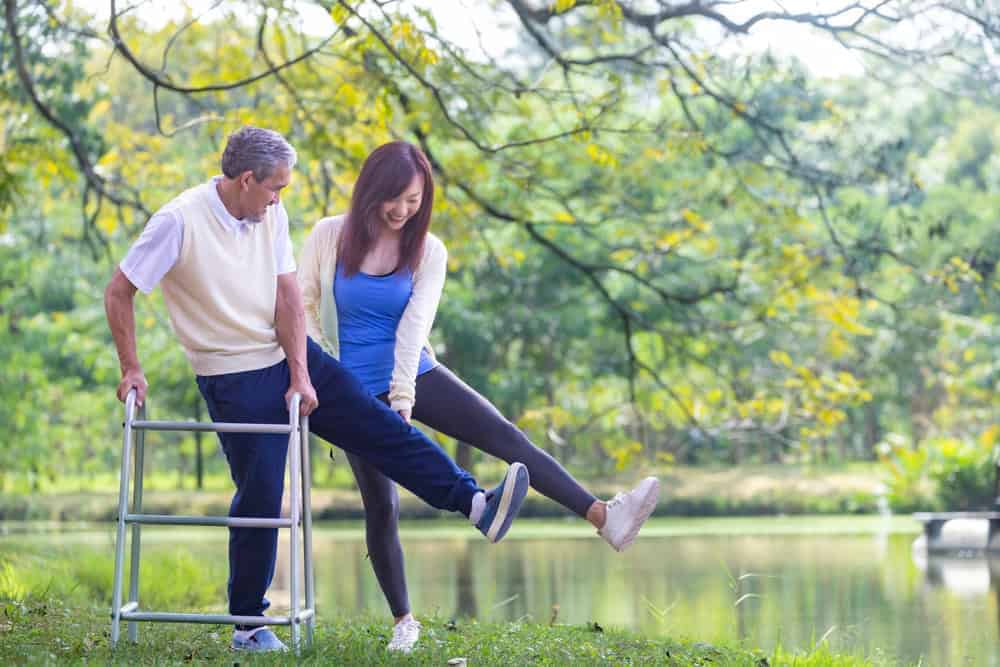
Recovery from Surgery or Injury
Post-Operative Rehabilitation
After surgeries such as hip or knee replacements, PT is crucial for regaining strength, flexibility, and mobility. Therapists guide senior patients through a series of exercises and stretches specifically designed to restore function and reduce pain.
Early on, the therapy may focus on gentle movements and pain management techniques, including ice application and elevation. As healing progresses, exercises become more challenging, aiming to improve range of motion and muscle strength. This often includes weight-bearing activities, balance exercises, and functional training, such as practicing walking and climbing stairs.
PTs also educate aging adults on proper body mechanics and movement strategies to protect the surgical site and enhance overall recovery. The goal is to ensure that seniors can return to their daily activities safely and with confidence.
Fracture Rehabilitation
Physical therapy plays a vital role in helping seniors recover from fractures by strengthening the muscles around the injured area, improving joint mobility, and preventing future injuries.
Initially, this kind of therapy focuses on reducing pain and swelling through gentle movements and modalities like ice, heat, and electrical stimulation. Once the fracture has healed sufficiently, the emphasis shifts to restoring movement and function.
PTs introduce exercises to enhance joint flexibility and muscle strength, which are essential for regaining mobility. This may include resistance training and activities that simulate daily tasks.

Additionally, physical therapists guide safe movement techniques and the use of assistive devices, such as crutches or walkers, to support recovery and promote independence. Through comprehensive rehabilitation, physical therapy can help seniors regain their functional abilities and improve their quality of life after a fracture.
Pain Management
Arthritis Relief
Arthritis is a common condition among seniors that causes joint pain, stiffness, and swelling. Physical therapists play a crucial role in managing arthritis by using specific exercises designed to reduce pain and increase joint flexibility.
These exercises often include range-of-motion activities, which help maintain joint function and prevent stiffness. Strengthening exercises, such as gentle weight lifting or resistance band workouts, help support the joints by building the muscles around them.
Aquatic therapy, which involves exercises performed in water, can be particularly beneficial as it reduces stress on the joints while providing resistance for muscle strengthening.
Physical therapists can also teach patients how to use heat and cold treatments to manage pain and inflammation, and they may provide advice on assistive devices to improve mobility and reduce joint strain.
Conditions like back pain, sciatica, tendonitis, and neuropathy are prevalent among older adults and can significantly impact their quality of life. PTs can develop tailored programs to address these issues by focusing on strengthening muscles, improving posture, and enhancing movement patterns.
For back pain and sciatica, therapists may use core strengthening exercises, stretching routines, and posture correction techniques to alleviate pressure on the spine and reduce pain.
Neuropathy, often characterized by numbness and pain in the arms and legs, can be managed through exercises that improve circulation and nerve function. Therapists also use modalities such as ultrasound, electrical stimulation, and manual therapy to reduce pain and promote tissue healing.
Fall Prevention and Balance Improvement
Balance Training
Physical therapists use a variety of exercises to improve balance and coordination, which are crucial for preventing falls. These exercises can include the use of balance boards, which challenge the body’s ability to maintain stability on an unstable surface, thereby enhancing proprioception (the sense of body position).
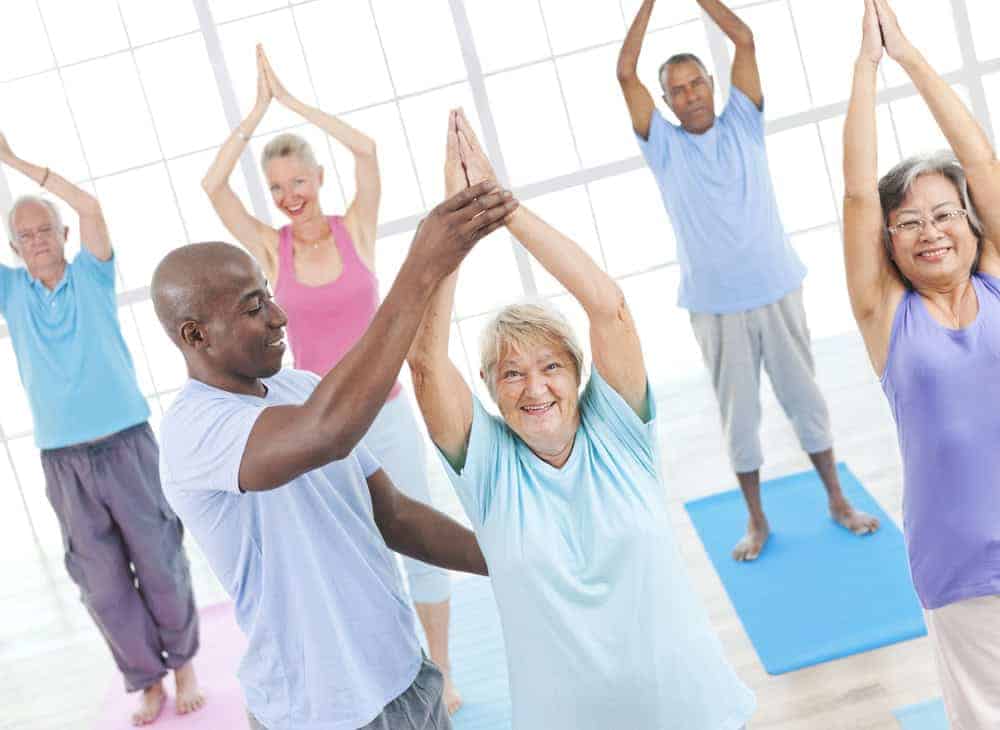
Stability exercises, such as standing on one leg or walking heel-to-toe, help improve core strength and coordination. Strength training is also integral to balance training, as stronger muscles provide better support for the joints, reducing the likelihood of falls.
Additionally, exercises like Tai Chi or yoga can be incorporated to improve balance through controlled movements and poses.
Strengthening Exercises
Strengthening the lower body muscles, such as those in the legs, hips, and core, is vital for reducing the risk of falls. These exercises can include squats, leg presses, and step-ups, which focus on building muscle strength and endurance.
Exercises like lunges and bridges target the hips and glutes, improving stability and support for the lower body. Core exercises, such as planks and abdominal crunches, enhance overall stability and balance by strengthening the muscles around the abdomen and lower back. Resistance training, using weights or resistance bands, can further increase muscle strength and prevent muscle atrophy, which is common in seniors.
Stroke Rehabilitation
Physical therapy for seniors recovering from a stroke includes various techniques to improve their physical abilities and quality of life.
Motor skills training and gait training help them regain strength, coordination, and the ability to walk. Balance exercises enhance stability and prevent falls, while functional training focuses on everyday tasks to regain independence. Range of motion exercises and stretching prevent joint stiffness, and strengthening exercises build muscle through resistance training.
Coordination and dexterity training improve fine motor skills, and neuromuscular reeducation enhances brain-muscle connections. Patients may also receive training with assistive devices like canes or walkers. Additionally, therapists educate patients and their families on safe movement techniques and home exercises.
Management of Chronic Conditions
Parkinson’s Disease
Physical therapy is essential in managing the symptoms of Parkinson’s disease, a progressive neurological disorder that affects movement. Therapists develop personalized exercise programs to address issues such as rigidity, tremors, and balance problems.
Flexibility exercises, including stretching routines, help reduce muscle stiffness and improve the range of motion. Strength training targets muscle weakness and enhances overall body strength, while coordination exercises focus on improving fine motor skills and hand-eye coordination. Balance training, which may include activities like standing on one leg or using stability balls, helps prevent falls and improve stability.
Physical therapists also teach patients techniques to enhance their gait and posture, such as taking bigger steps or swinging their arms while walking, to reduce the characteristic shuffling gait associated with Parkinson’s.
Additionally, therapists may incorporate activities that promote cardiovascular health and endurance, such as stationary biking or walking. The goal is to maintain independence and improve overall conditions for seniors living with Parkinson’s disease.
Osteoporosis
For older adults with osteoporosis, physical therapy focuses on exercises that strengthen bones and muscles, improve balance, and reduce the risk of fractures.
Weight-bearing exercises, such as walking, jogging, and climbing stairs, are crucial as they force the body to work against gravity, stimulating bone formation and increasing bone density.
Strength training, using resistance bands, free weights, or weight machines, helps build muscle mass and improve bone strength, particularly in the spine, hips, and wrists, which are common fracture sites. Balance exercises, such as tai chi or standing on one leg, enhance stability and coordination, reducing the likelihood of falls.
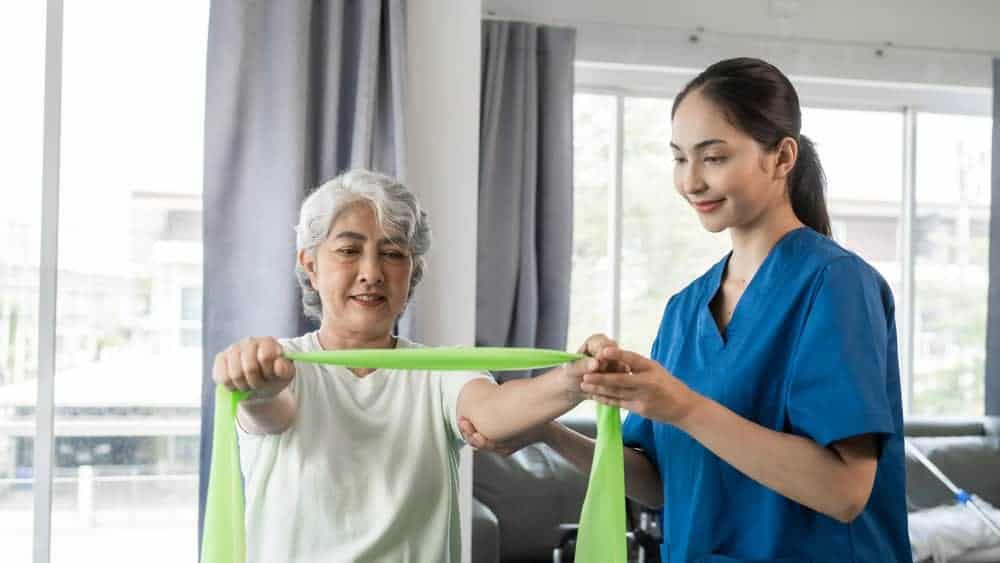
Additionally, flexibility exercises, including stretching and yoga, help maintain joint mobility and prevent stiffness. Physical therapists also educate patients on proper posture and body mechanics to protect the spine and other vulnerable areas during daily activities.
Incorporating these exercises into a routine can help seniors with osteoporosis to decrease pain, improve their bone health, enhance physical function, and reduce the risk of fractures, leading to a more active and independent lifestyle.
Joint and Muscle Issues
Stiffness and Weakness
As people age, joint stiffness and muscle weakness become common issues, often making it difficult to perform everyday activities. Physical therapy plays a crucial role in addressing these challenges through targeted exercises and stretches.
To combat stiffness, therapists guide patients through a variety of stretching exercises designed to maintain or improve the flexibility of joints. These stretches help keep the joints lubricated and mobile, reducing discomfort and enhancing overall movement.
Strengthening exercises, on the other hand, focus on building muscle mass and endurance. This is vital for maintaining the ability to perform daily tasks such as lifting, carrying, and walking. Strength training can include the use of resistance bands, free weights, or body-weight exercises like squats and lunges.
Range of Motion
Increasing the range of motion in joints is another key aspect targeted with physical therapy, particularly for those affected by conditions such as arthritis or after periods of prolonged immobility, like being bedridden or in a cast.
Therapists employ a variety of techniques to achieve this goal. Passive range-of-motion exercises, where the therapist moves the patient’s joints through their full motion without active participation from the patient, can help maintain joint flexibility and reduce stiffness.
Active range-of-motion exercises, where the patient actively moves the joint with guidance, help strengthen the muscles around the joint and improve flexibility. In addition to exercises, physical therapists may use manual therapy techniques, such as joint mobilizations and soft tissue manipulations, to enhance joint mobility and reduce pain.
Prevention of Surgery
Conservative Management – the treatment of pain or osteopathic conditions with treatments alternative to surgery
Physical therapy is a proven treatment option that offers a non-invasive approach to managing conditions like knee osteoarthritis, aiming to improve function and delay or even avoid the need for surgery.
For many seniors, surgery can be risky due to age-related factors and existing health conditions. Physical therapy provides a safer alternative through conservative management. Therapists develop individualized treatment plans that focus on reducing pain, improving joint function, and enhancing overall mobility.
Techniques such as manual therapy, where therapists use their hands to manipulate the joints and soft tissues, can alleviate pain and improve movement. Additionally, modalities like ultrasound, heat, or cold therapy may be used to reduce inflammation and promote healing.
Strength and Flexibility
Strengthening and flexibility exercises are key components of physical therapy that can improve joint function and reduce pain, potentially eliminating the need for surgery. Strength training focuses on building the muscles that support and stabilize the joints.
For knee osteoarthritis, exercises like leg presses, hamstring curls, and quadriceps strengthening can help support the knee joint, reduce stress on the cartilage, and improve overall stability. Stronger muscles around the joint can absorb more shock and reduce the load on the joint itself, decreasing pain and improving function.
Flexibility exercises, on the other hand, aim to maintain or increase the range of motion of the joints. Stretching routines targeting the muscles around the affected joints, such as the hamstrings, quadriceps, and calf muscles, can alleviate stiffness and improve joint flexibility. Techniques such as yoga and Pilates, which combine strength and flexibility exercises, can also be beneficial.
PT not only reduces pain and improves mobility but also empowers patients to manage their condition actively, reducing reliance on pain medications and delaying or preventing the need for surgery. PTs also educate patients on proper body mechanics and posture, which can further alleviate joint stress and prevent future injuries.
Through these comprehensive, individualized programs, physical therapy offers a proactive solution to enhancing the quality of life for seniors and minimizing the need for surgical interventions.
Summary
Physical therapy offers a holistic approach to addressing the diverse needs of seniors, helping them maintain independence, reduce pain, and improve their overall quality of life. It involves tailored exercises and techniques to improve strength, flexibility, and balance, enhancing seniors’ ability to perform daily activities independently.
PT helps manage chronic conditions like arthritis, Parkinson’s disease, and osteoporosis, reducing pain and improving quality of life. Specialized programs address specific needs, such as vestibular therapy for balance disorders and lymphedema management. Despite challenges like physical limitations, cognitive impairments, and accessibility issues, PT can significantly enhance seniors’ overall health, mobility, and emotional well-being.
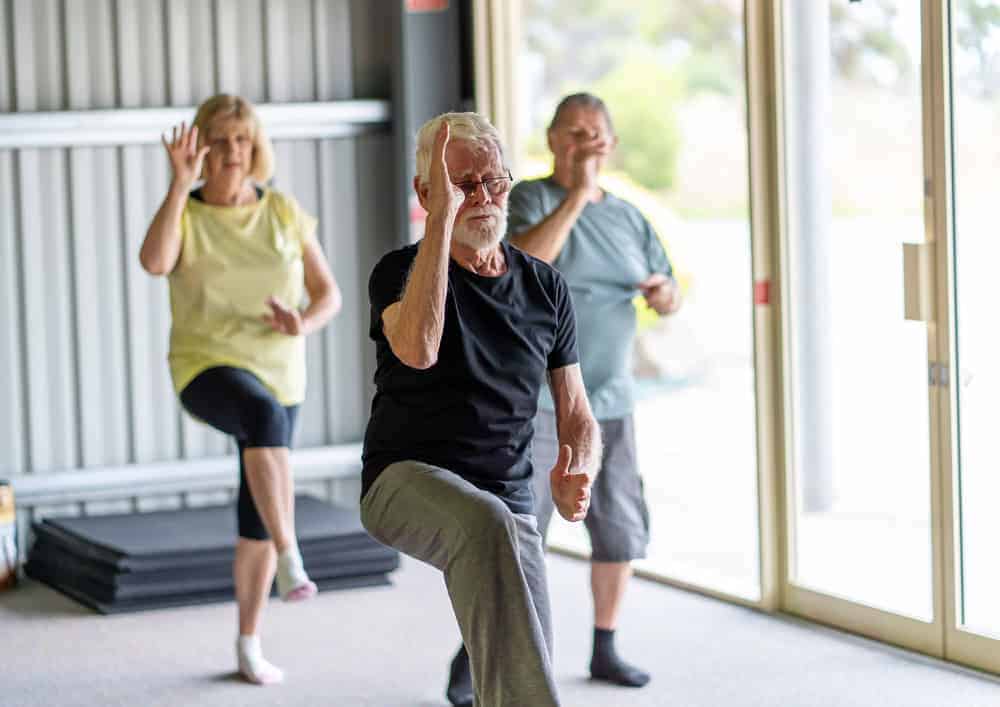
Older adults can find physical therapists through medical referrals from their doctors, local hospitals, outpatient clinics, rehabilitation centers, and home health agencies. They can also explore senior and community centers, skilled nursing facilities, private practices, and online directories like the American Physical Therapy Association (APTA).
Additionally, facilities like Amy’s Eden Senior Care are valuable resources for locating physical therapy services. Contact us today to learn how we can help you.

